contact Boss
Don’t rush to close it, talk to our boss directly, you will get a surprise.



1900+ Users
Completed User Services

Wario first appeared in the 1992 Game Boy classic Super Mario Land 2: Six Golden Coins, created by Nintendo’s Studio One—a team that developed the game with little interference from Mario creator Shigeru Miyamoto.

According to an interview in the Japanese version of the official guide, the game’s co-director and artist, Hiroji Kiyotake, said: “Actually, we came up with the name ‘Wario’ first, and then derived other settings.”
As one of Nintendo’s most distinctive IPs, Wario has spent three decades transforming from the antithesis of Mario to a cultural icon in his own right.
With no princess to rescue or righteous mission to fulfill, his unique character—greedy, mischievous, and yet endearing—has forged a distinct path in gaming history.
Wario’s changing trajectory not only bears witness to Nintendo’s gameplay innovation but also interprets the enduring appeal of the “anti-hero” character.
The name “Wario” is a pun on “Mario” and the Japanese word “warui,” meaning “bad.” Kiyotake initially intended him to be a villainous version of Mario, inspired by Pluto from Popeye the Sailor.
Fellow artist Yoichi Kotani mentioned in an interview with the French newspaper Le Monde that Stromboli, the villain from Disney’s Pinocchio, also influenced the character’s design.
Kiyotake also stated in the interview that Mario and Wario were childhood friends who later drifted apart—though whether this is considered canon lore remains unclear. He also revealed that Wario initially loved crepes, but later switched to garlic, a more flavorful treat.
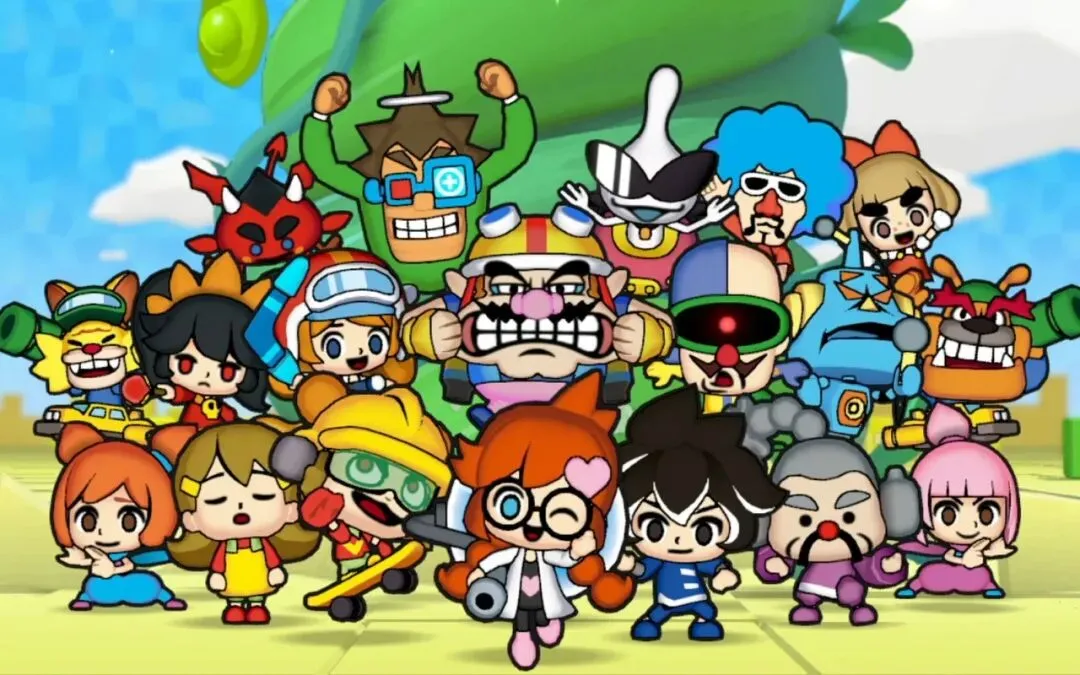
In 1994, the release of Super Mario Land 3: Wario Land marked a pivotal transformation for the villain – he became the protagonist for the first time.

This game completely subverts the core logic of the Mario series: Mario steps on monsters to break through levels to save the princess, while Wario relies on hitting and throwing enemies to find treasure and make money; Mario pursues smooth running, while Wario’s levels are full of strategic exploration; even the plot is unconventional, and the purpose of his adventure is to steal the princess statue and extort ransom.
The game pace of “Super Mario Land 3: Wario Land” is slower than traditional Mario. Players have to collect massive amounts of treasure, which is also the starting point of Wario’s “greedy” character.
Compared to Mario, Wario’s controls are completely counterintuitive: Mario can instantly kill monsters with a single stomp, while Wario has to rely on throwing or side-ramming. Mario can sprint across the map at lightning speed, but Wario doesn’t even have a run button.
The plot is even more subversive: while others are saving the princess, he steals her statue and holds it for ransom, his sole focus being money!
This anti-cliché design allowed Wario to break free from Mario’s shadow, establishing his core character as greedy but not evil, and laying the foundation for the IP’s independent development.
1995’s “Wario Land Virtual Boy” marked a significant milestone in its journey toward independence.
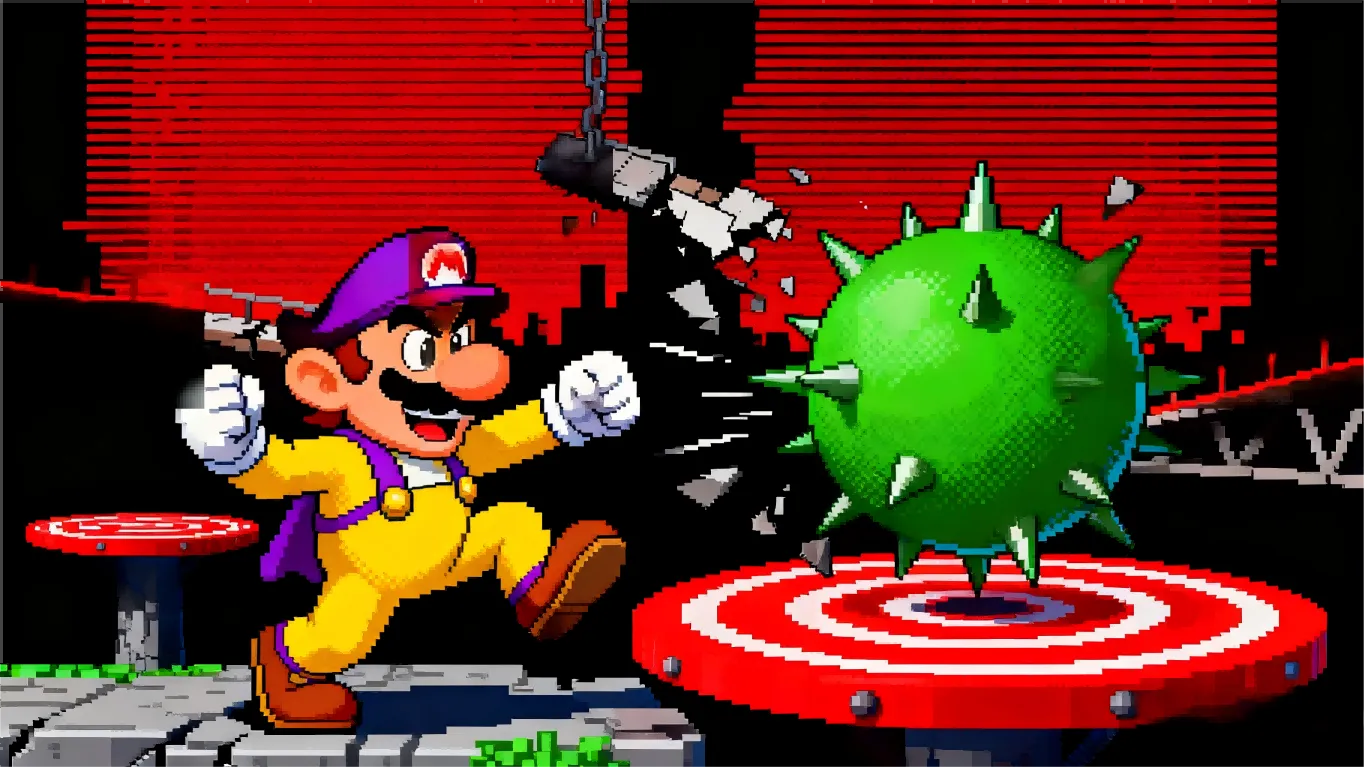
At the time, Nintendo was looking to compete with the Sony PlayStation and Sega Saturn, but without its own 3D console (the N64 wouldn’t be released until a year later).
So, the company placed its bets on the Virtual Boy. Yokoi wrote in his 1997 book, “Yokoi Gunpei’s Game Hall,” that then-president Hiroshi Yamauchi requested, “Create an original IP for the Virtual Boy, and don’t use Mario.” This would ensure that future 3D titles for the N64 would have a stronger impact.
President Hiroshi Yamauchi explicitly mandated, “Don’t use Mario, create an original IP.” This responsibility ultimately fell to Wario, who hadn’t yet established himself.
The game featured long corridor levels tailored to the Virtual Boy’s horizontal screen, adding a run button and shoulder dash mechanics.
While retaining the core treasure-hunting theme, it also strengthened the action elements. More importantly, it completely separated Wario from the Mario cast, establishing the initial foundation of his own character.
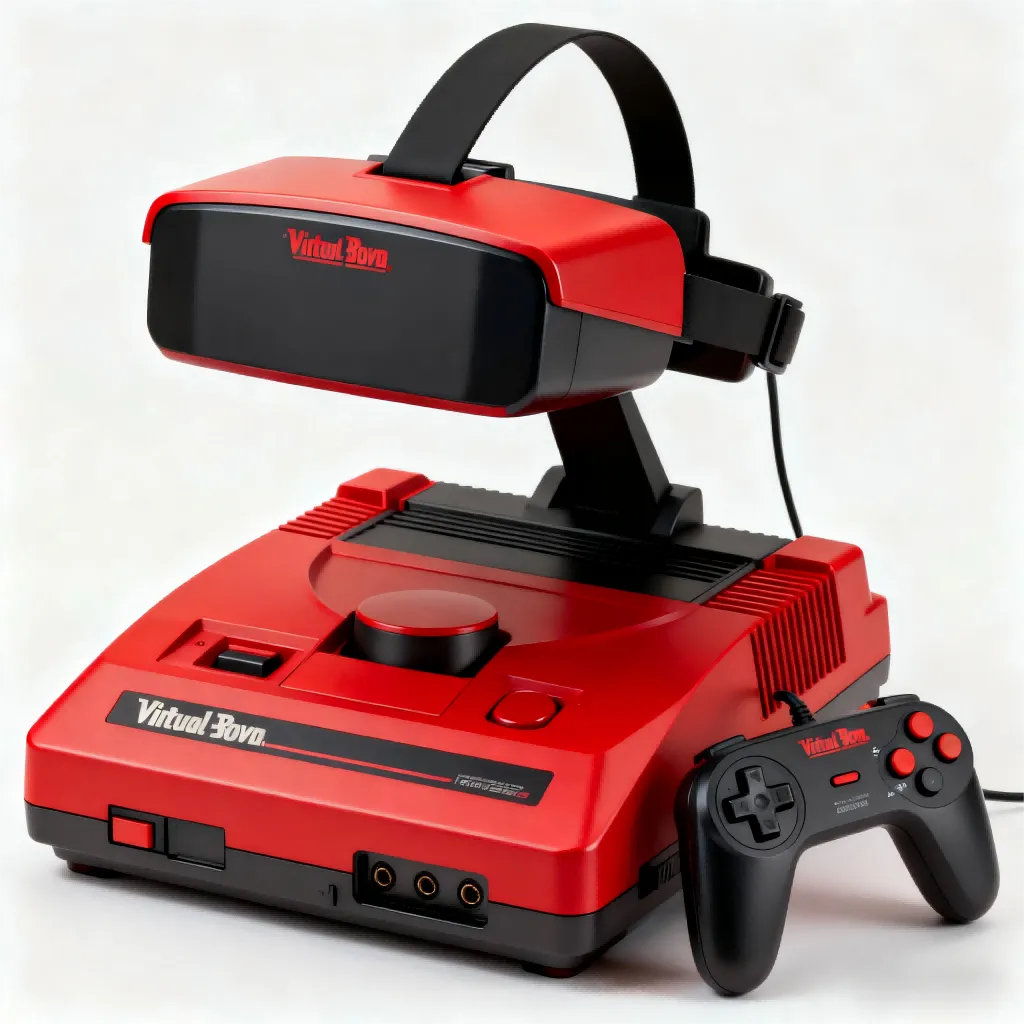
“Wario Land 2/3” on the GBC platform, released in 1998-1999, further strengthened the character’s personality and gameplay depth.
Under the direction of new director Takehiko Hosokawa (who later led the Metroid series), the game introduced branching levels and a skill-unlocking system, greatly increasing the freedom of exploration.
It also gave birth to bizarre transformation forms such as Zombie Wario and Flat Wario, which completely solidified his unique positioning of “funny but not stupid, greedy but not evil” – he is not a hero in the traditional sense, nor a pure villain, but just a “real” character who takes risks for money.
The 1998-1999 Game Boy Advance (GBC) versions 2 and 3 introduced branching levels and unlockable skills, allowing for greater gameplay freedom. The director was replaced by Takehiko Hosokawa, who would later lead the Metroid series—in fact, he had been involved in the Wario series since its inception.
These two games solidified Wario’s character: greedy but not evil, playful but not stupid, neither heroic nor villainous. In the games, he takes risks for money and can transform into bizarre forms like Zombie Wario and Flat Wario.
Wario Land 4 on the GBA in 2001 is considered the pinnacle of the series.

Returning director Hirofumi Matsuoka seamlessly blended action and exploration. The exquisite graphics, smooth controls, and the introduction of the “exclusive princess” Shokla made the game a critical and commercial success, becoming an undeniable classic among fans.
This game also nurtured core developers like Yasuhiro Takeuchi and Satoru Abe, laying the groundwork for subsequent series innovations.
At this point, Wario had become a fully formed character: a lover of garlic and nose-picking, seemingly rude yet surprisingly persistent. This “imperfection” distinguished him from traditional game protagonists, attracting a large number of players seeking novelty.
2003 marked a significant turning point for the Wario IP, with WarioWare: Super Mini Games on the GBA completely changing the series’ trajectory.

This game transformed Wario from a treasure hunter to a businessman—he discovered the profitability of mini-games and launched a “Microgame Factory.”
Each mini-game in the game must be completed within a very short timeframe. This gameplay mechanic was originally conceived by Koichi Kawamoto for the Nintendo 64DD game “Mario Artist,” and was later adapted by Takeuchi and Abe, who gave Wario a motorcycle costume and maximized his greed.
In an interview, Yoshihisa Sakamoto, a veteran of the first development studio, said, “Wario had to be the protagonist of this game, because no one is better suited to doing stupid things than him.”
Abe also revealed that WarioWare was initially developed in secret by the team—everyone scribbled mini-game ideas on sticky notes and piled them on the director’s desk.
Eventually, even the director thought it was interesting, and the project was officially launched. Unexpectedly, the game became a company-wide hit, with people from other departments submitting ideas.
Since then, “WarioWarrior” has become a genre of its own, with each game playing around the characteristics of the console: DS touch screen, DSi camera, Wii motion sensing… even the Wii U game controller has 16 modes.
In an Iwata Q&A session about the Wii version of WarioWare: Smooth Move, Abe recounted the team’s confidence in the Wiimote’s potential: “With this controller, we can come up with anything!” While the latest game, WarioWare: Let’s Go!, doesn’t feature the Switch’s HD rumble, it does introduce multi-character play.
“WarioWare: Super Mini Games,” a project initially developed in secret by the team, furthers the mini-game concept developed by Koichi Kawamoto for “Mario Artist.”
With the motto “Most, Shortest, Fastest,” each mini-game takes just five seconds to complete, perfectly catering to the need for fragmented entertainment.
Wario transforms from treasure hunter to “micro-game factory owner,” his motorcycle-clad businessman persona transforming his “greedy” persona into an entrepreneurial drive.
As developer Yoshihisa Sakamoto puts it, “This game has no choice but to feature Wario, because no one is better suited to doing stupid things than him.”

The WarioWare series has since become a testing ground for Nintendo’s console features: the DS version leveraged the touchscreen to create “Touch! WarioWare”; the Wii version leveraged motion control to create “Dance! WarioWare”; the DSi version cleverly utilized the camera to create “Shoot! WarioWare”; and the Wii U version even tapped into the potential of the GamePad, designing 16 unique modes.
2009’s “Laozi Maker” pioneered the ability to create custom mini-games, further unleashing the creative potential of the IP.
During the same period, Wario’s crossover attempts never stopped:
In 2003, Nintendo handed him over to the action studio Treasure, which created a 3D version of Wario World. The gameplay was like a beat-em-up fighting game, with Treasure’s signature snappy capture and exaggerated style filling the screen.

In 2007, Wario: The Master of Disguise became the swan song for creator Kiyotake Hiroji, in which he was responsible for character design.
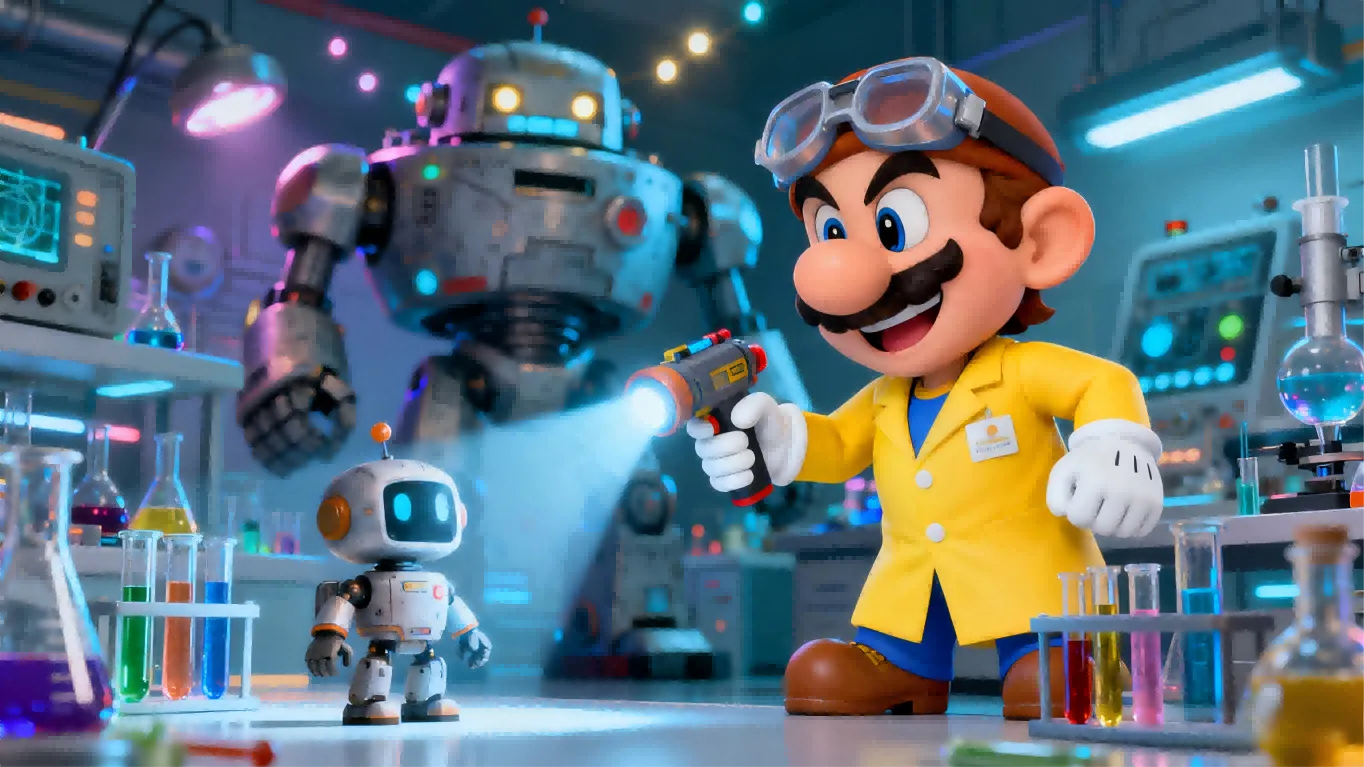
In 2008, Warioland: Swing! returned to the treasure-hunting theme. Director Masanori Tsukawaki specifically wanted to restore his “macho” side (rather than the ridiculous image in the spin-offs), and even handed over the cutscenes to Production IG.

In addition, he has frequently appeared in derivative works such as “Mario Kart” and “Mario Party“, and his funny performances, such as snotting and acting like a rogue, make the character image more full.
Entering the Switch era, although the Wario IP has not launched a new mainline work, it has maintained its popularity through reproduction and innovation.
The 2018 WarioWarrior Deluxe integrated the series’ classic mini-games, presenting them in high definition to evoke the memories of veteran players.
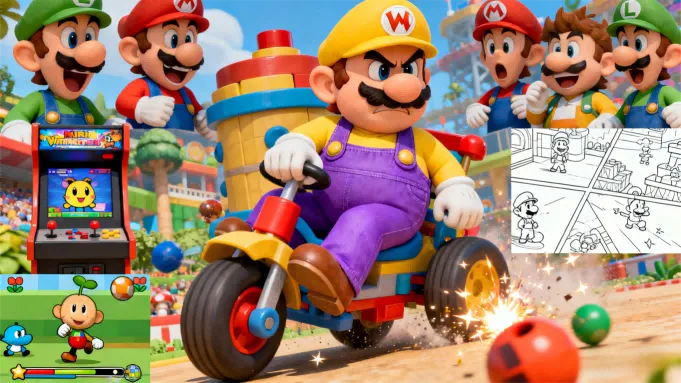
The 2021 release of “Share the Fun! WarioWare” introduces multiplayer gameplay, supporting multiplayer online play and continuing the series’ social nature.
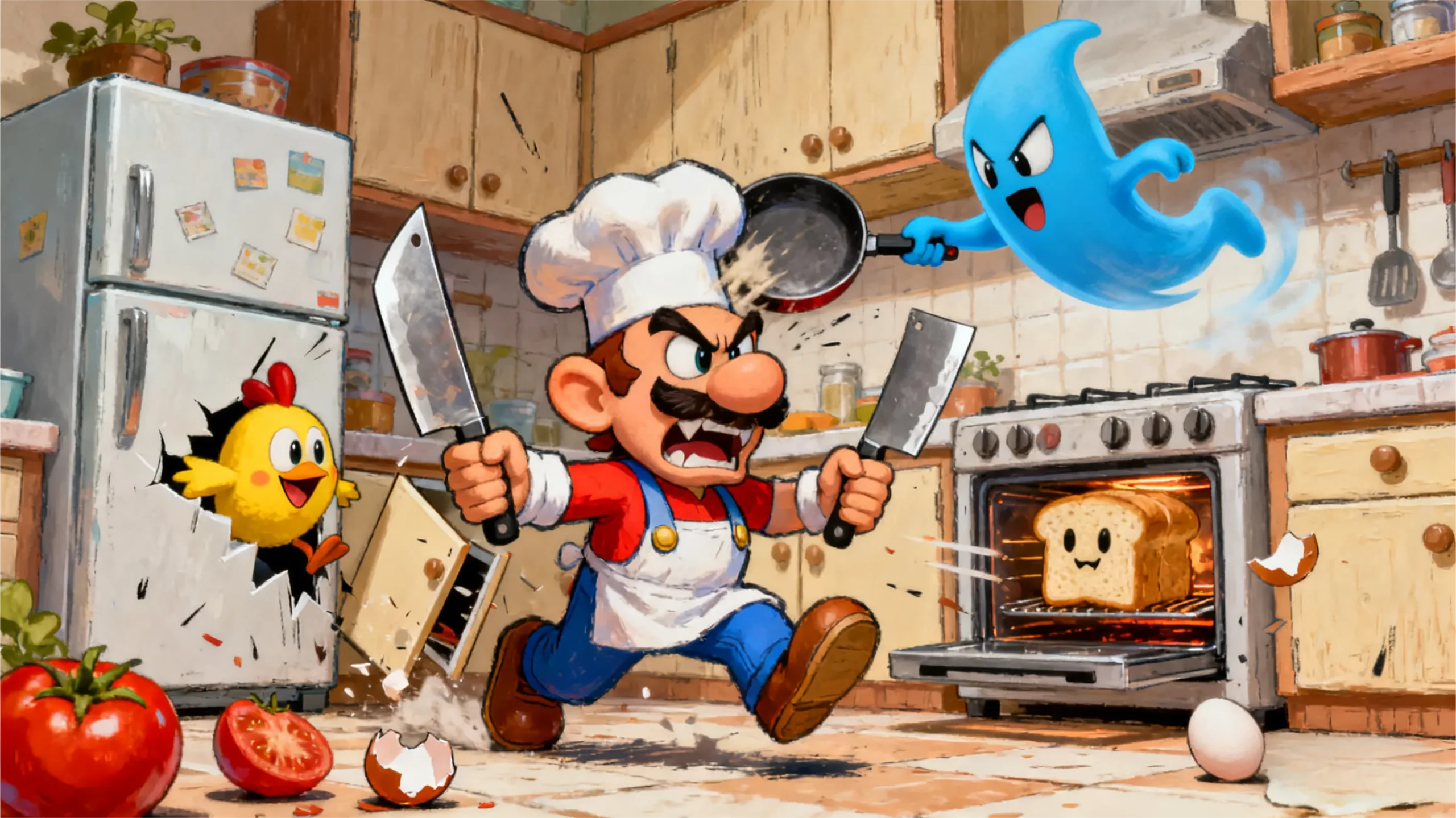
2023’s “Super Dancing Wario Maker” continues to explore the boundaries of gameplay and becomes the latest masterpiece in the series.
It’s worth noting that Wario now has a dual existence:
On the one hand, he maintains high visibility in crossover titles like Super Smash Bros. and Mario Golf, his rambunctious yet endearing personality serving as the game’s atmospheric presence.
On the other hand, the WarioWarrior series remains a crucial vehicle for Nintendo to showcase the unique characteristics of its consoles. From the GBA to the Switch, the series has consistently leveraged its core principle of “five-second mini-games” to tap into the potential of hardware and player creativity.
However, the classic Wario Land treasure hunting series remains dormant, and fans have been clamoring for its 3D return.
Wario’s successful transformation is essentially a double victory for Nintendo’s “play-first” and “character innovation.”
Unlike Mario’s righteousness or Pikachu’s adorableness, Wario’s core appeal lies in his authenticity—he’s greedy, selfish, and prone to mischief, yet he maintains his integrity when the chips are down. He has no grand ideals, taking risks solely for wealth and pleasure. This imperfection makes the character more relatable.
From a gameplay perspective, the Wario series has always served as Nintendo’s “testing ground” for innovation: Wario Land pioneered the “strategic platforming” genre, while WarioWare defined the “micro-game” category. Each generation of games closely integrates the characteristics of the console, forming a deep integration of “hardware + gameplay + character design.”
This innovative model has freed the Wario IP from its dependence on the Mario series and established it as a unique creative symbol.
Thirty years later, Wario is no longer just an “anti-Mario” accessory; instead, he represents Nintendo’s core spirit of daring to break free from convention. His image of picking his nose, eating garlic, and loving money breaks the “perfect” template of a video game protagonist, proving that “anti-hero” characters can also become classics.
In the future, regardless of whether “Wario Land” returns or not, this fat uncle full of personality will continue to be active in the game world with a funny attitude and write his own legend.